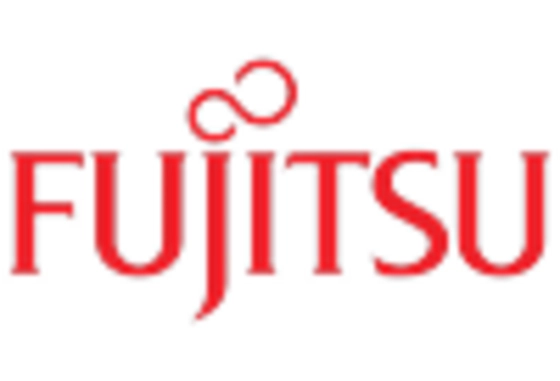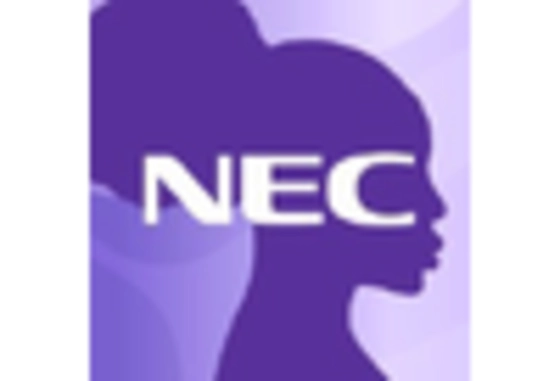Regulatory Compliance and Standards
The Biometrics Technology Market is significantly influenced by the increasing emphasis on regulatory compliance and standards. Governments and regulatory bodies are establishing stringent guidelines to ensure the secure handling of biometric data. This regulatory landscape is compelling organizations to adopt biometric solutions that comply with data protection laws, such as the General Data Protection Regulation (GDPR). As a result, the demand for compliant biometric systems is on the rise, with market projections indicating a potential increase in market size by 20% over the next five years. Organizations that prioritize compliance not only enhance their security posture but also build trust with consumers, thereby driving further adoption of biometric technologies. This trend underscores the critical role of regulatory frameworks in shaping the Biometrics Technology Market.
Advancements in Biometric Technologies
Technological advancements are playing a pivotal role in shaping the Biometrics Technology Market. Innovations such as facial recognition, fingerprint scanning, and iris recognition are becoming increasingly sophisticated, enhancing accuracy and reliability. The introduction of artificial intelligence and machine learning algorithms is further refining these technologies, allowing for real-time data processing and improved user experiences. Market analysts indicate that the biometric systems segment is expected to grow at a compound annual growth rate of over 15% in the coming years. This growth is fueled by the rising need for seamless and secure authentication methods in various applications, including mobile payments and access control systems. As these technologies continue to evolve, the Biometrics Technology Market is poised for substantial growth.
Integration of Biometrics in IoT Devices
The integration of biometric technology into Internet of Things (IoT) devices is emerging as a transformative trend within the Biometrics Technology Market. As IoT devices proliferate, the need for secure authentication methods becomes paramount. Biometric systems are being embedded in smart home devices, wearables, and industrial applications, providing a seamless user experience while enhancing security. Market forecasts suggest that the IoT segment of the biometrics market could witness a growth rate exceeding 18% annually. This integration not only facilitates secure access but also enables personalized user interactions, thereby increasing the appeal of IoT products. As the demand for smart and secure devices continues to rise, the Biometrics Technology Market is likely to expand significantly.
Rising Consumer Awareness and Acceptance
Consumer awareness and acceptance of biometric technologies are steadily increasing, contributing to the growth of the Biometrics Technology Market. As individuals become more familiar with biometric authentication methods, such as facial recognition and fingerprint scanning, their willingness to adopt these technologies in daily life is growing. Surveys indicate that a significant percentage of consumers express confidence in the security provided by biometric systems, particularly in mobile banking and online transactions. This shift in consumer perception is likely to drive market expansion, with projections suggesting a potential increase in adoption rates by 25% over the next few years. As businesses respond to this demand by implementing biometric solutions, the Biometrics Technology Market is expected to flourish.
Growing Demand for Enhanced Security Solutions
The Biometrics Technology Market is experiencing a notable surge in demand for enhanced security solutions across various sectors. Organizations are increasingly adopting biometric systems to mitigate risks associated with unauthorized access and identity theft. According to recent data, the market is projected to reach a valuation of approximately 60 billion USD by 2026, driven by the need for robust security measures. This trend is particularly evident in sectors such as banking, healthcare, and government, where sensitive information is at stake. The integration of biometric technology not only fortifies security but also streamlines user authentication processes, thereby improving operational efficiency. As cyber threats evolve, the Biometrics Technology Market is likely to witness further innovations aimed at addressing these challenges.


















Leave a Comment